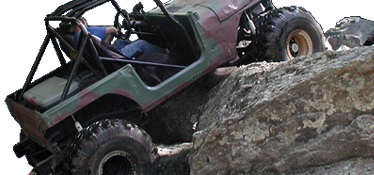drkelly
Dipstick who put two vehicles on jack stands
- Joined
- Mar 21, 2005
- Location
- Oak Ridge/Stokesdale, NC
If cool season, anything that goes down now will grow, but will probably die in the summer for lack of roots. Regular watering may prevent that. Any pre-emergent put down in the spring will prevent all seeds from germinating (including the grass seed), so keep that in mind as well.
.
This is the truth!!!
I am only seeding now out of necessity. I had a bunch of pine trees removed around my septic field over the winter and all the grass was destroyed. I put the seed down EARLY (last Tuesday) to hopefully have some of it survive the summer. I know it will require heavy over seeding this fall.
Last spring I was a complete dumbass and decided to redo the septic field because mowing it felt like riding on the moon with craters everywhere. I brought in some dirt, and reseeded the whole thing. I did it kind of late (mid April I think). The grass came up great, but by late May or early June, we had a spell of 3 weeks with no rain and I was shocked at how much of it died. It wasn't even really hot yet, but just the lack of rain killed it. The septic field is too far from my house to water, so I was screwed.
My dumbass has now totally reseeded this area 3 times in about 12 months. I will probably have to do it a 4th time this fall.
Last edited:


 Maybe it's the mulch keeping the moisture in rather than the compost but, either way, the flowers are growing like gangbusters and we've got pollinators galore.
Maybe it's the mulch keeping the moisture in rather than the compost but, either way, the flowers are growing like gangbusters and we've got pollinators galore.